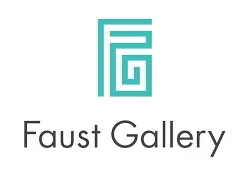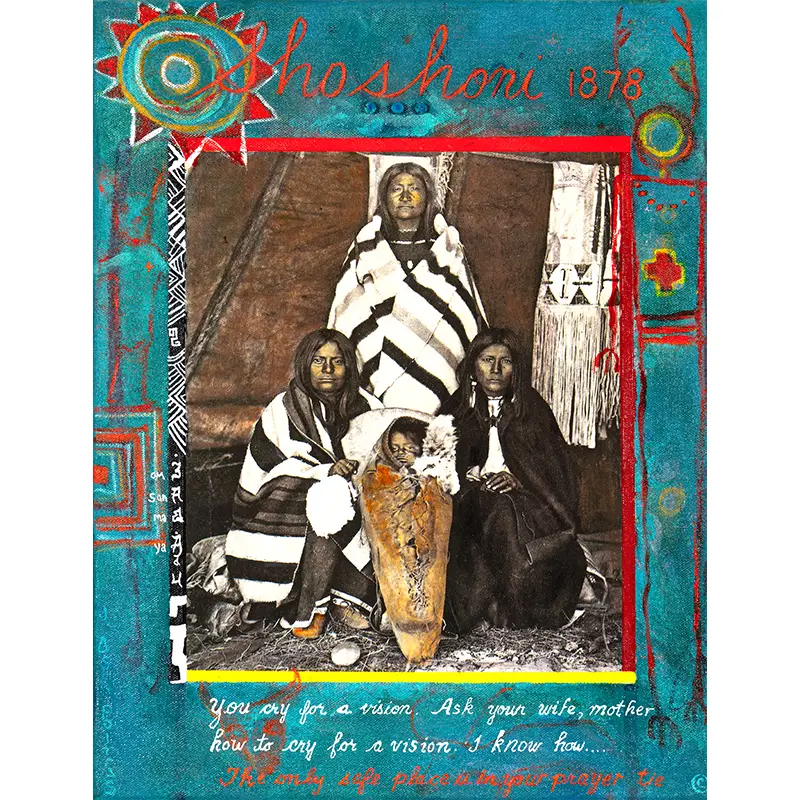Mikisew Cree First Nation
“Keeping the Circle Strong: From Caribou to Bison People”
Jane Ash Poitras—also known by her Cree name Tchilekwiyusse (Little Boy Child)—is an internationally acclaimed contemporary artist, writer, and lecturer of Mikisew Cree First Nation descent. A Member of the Order of Canada (CM) and the Royal Canadian Academy of Arts (RCA), Poitras lives and works in Edmonton, Alberta, and is celebrated for her powerful visual storytelling, multidisciplinary practice, and commitment to Indigenous cultural resurgence.
Poitras creates large-scale, layered mixed media works that fuse printmaking, painting, collage, and found objects. Her pieces often include hand-written text, ethnobotanical elements, and photographic references—bridging past and present through a complex interplay of imagery, history, and meaning. With themes grounded in climate change, reconciliation, cultural memory, land stewardship, and the role of women in Indigenous communities, her work opens space for dialogue across histories and identities.
Her artistic vision is informed by a rich educational background. Poitras holds degrees in Microbiology and Fine Artsfrom the University of Alberta, along with further studies at Yale University and an MFA from Columbia University in New York. Her knowledge spans multiple disciplines—pharmacology, literature, linguistics, and current politics—which are woven into her deeply symbolic, socially engaged art practice.
In her own words, Poitras says:
“I am exploring and creating art about reconciliation. Healing of nations coming together to make the world a better place… exploring how we are all more alike than different.”
Poitras’s early life in Fort Chipewyan and her later reconnection to her Cree heritage were formative influences in her development as an artist. Orphaned at a young age and raised by a German-Canadian adoptive mother, she spent her early life assimilated into mainstream Canadian society. It wasn’t until her 30s that she reembraced her Indigenous identity—a profound turning point that reshaped both her life and her work.
Her art has been exhibited internationally and is held in the permanent collections of major institutions. In addition to the Queen Elizabeth II Diamond Jubilee Medal, she holds honorary doctorates from both the University of Calgary and the University of Alberta, reflecting her lasting influence on generations of students, scholars, and fellow artists.
Faust Gallery is honored to present the work of Jane Ash Poitras, whose visionary art challenges, educates, and inspires—bridging nations, worldviews, and generations through a deeply personal and political lens.


